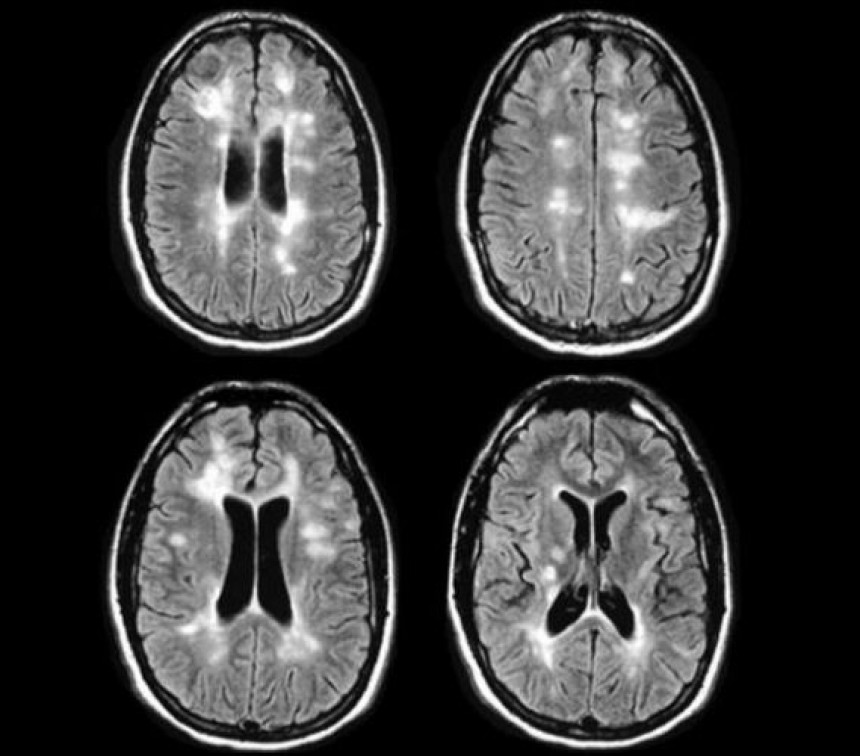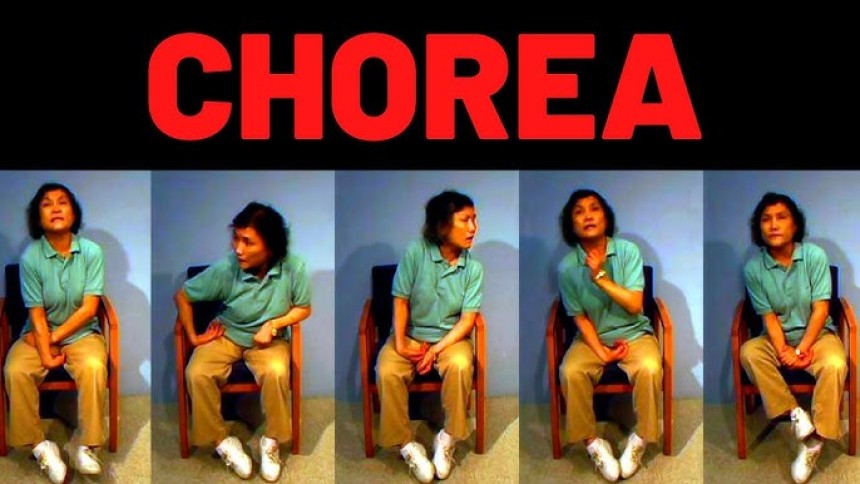
Periodic Paralysis
Periodic Paralysis (PP) is a neuromuscular disorder with different types, including hypokalemic PP, hyperkalemic PP, Andersen-Tawil syndrome, and thyrotoxic PP. Treatment varies based on the type and includes potassium supplementation, dietary changes, diuretics, and other medications as needed to manage and prevent attacks.
Periodic Paralysis (PP): Overview and Classification
Periodic paralysis (PP) is a neuromuscular disorder due to a defect in muscle ion channels, characterised by episodes of painless muscle weakness, which is usually precipitated by heavy exercise, fasting or high-carbohydrate diet. Periodic paralysis (PP) includes hypokalemic PP, Andersen-Tawil syndrome (a triad of hypokalemic/or hyperkalemic PP, ventricular arrhythmia and dysmorphic features (short stature, hypertelorism, micrognathia), hyperkalemic PP and thyrotoxic PP. (1, 2)
Treatment of Hypokalemic PP and Andersen-Tawil Syndrome
Treatment of acute attacks of hypokalemic PP is with administration of potassium chloride (30- 60 mEq). Recovery may take minutes to hours. Treatment should be administered incrementally to avoid post- treatment hyperkalemia. For prevention of hypokalemic PP, non- pharmacological measures include a low carbohydrate diet and refraining from vigorous exercise. When attacks continue to be disabling, prophylactic treatment is indicated to avoid morbidity, even mortality, which can be associated with hospitalization and acute treatment Medications, symptomatic potassium supplementation, potassium- sparing diuretics (spironolactone 50 mg twice daily, or topiramate 75 to 100 mg twice daily) and carbonic anhydrase inhibitors; (acetazolamide [250 mg twice daily], or dichlorphenamide [50 mg twice daily]) are used. Management of Andersen-Tawil syndrome depends on the type of PP (either hyperkalemia or hypokalemia ) associated. (3, 4)
Acute Attack of Hyperkalemic PP and Its Management
Acute attack of hyperkalemic PP often does not require treatment, as it is brief. Some patients can abort attacks with sugar or mild exercise. Thiazide diuretics (hydrochlorothiazide 25- 50 mg daily), inhaled beta adrenergic agonists (albuterol 0.1 mg one- two puffs), and intravenous calcium can be used in more severe attacks. For prevention, dietary modifications include a low potassium, high carbohydrate diet. Strenuous activity should be avoided. Medications including dichlorphenamide (starting at 50 mg twice daily), acetazolamide (250 mg twice daily), or hydrochlorothiazide (25- 50 mg daily), appear to be helpful. (5, 6)
Thyrotoxic Periodic Paralysis: Hospitalization and Management
Patients with acute thyrotoxic periodic paralysis are typically hospitalised in a monitored setting for cardiac arrhythmia as well as dysphagia. Potassium supplementation is required (30 mEq every two hours until improvement begins, with a maximum dose of 90 mEq in 24 hours). If no response, propranolol (1 mg of intravenous every 10 minutes up to a maximum dose of 3 mg) is helpful. For prevention, it is essential to restore euthyroidism status with either antithyroid drugs (propranolol 40-80 mg daily), radioactive iodine, or surgery. Also, precipitating factors, such as heavy exercise, high-carbohydrate diets, and alcohol, should be avoided. (7, 8)
References
1- Rose BD, Post TW. Clinical Physiology of Acid-Base and Electrolyte Disorders, 5th, McGraw-Hill, New York 2001. p.836.
2- Fontaine B. Periodic paralysis. Adv Genet 2008;63:3–23
3- . Vicart S, Sternberg D, Arzel-Hezode M, Franques J, Bendahhou S, Lory P, et al. Hypokalemic periodic paralysis. 2002 Apr 30 [updated 2014 Jul 31]. In: Pagon RA, Adam MP, Ardinger HH, Wallace SE, Amemiya A, Bean LJH, Bird TD, Ledbetter N, Mefford HC, Smith RJH, Stephens K, editors. GeneReviewsVR [Internet]. Seattle, WA: University of Washington, Seattle; 1993–2017.
4- Sansone V, Tawil R. Management and treatment of Andersen-Tawil syndrome (ATS). Neurotherapeutics 2007;4:233–237.
5- Weber F, Jurkat-Rott K, Lehmann-Horn F. Hyperkalemic periodic paralysis. 2003 Jul 18 [updated 2016 Jan 28]. In: Pagon RA, Adam MP, Ardinger HH, Wallace SE, Amemiya A, Bean LJH, Bird TD, Ledbetter N, Mefford HC, Smith RJH, Stephens K, editors. GeneReviewsVR [Internet]. Seattle, WA: University of Washington, Seattle; 1993–2017.
6- Tricarico D, Barbieri M, Mele A, Carbonara G, Camerino DC. Carbonic anhydrase inhibitors are specific openers of skeletal muscle BK channel of K1-deficient rats. FASEB J 2004;18:760–761.
7-Vijayakumar A, Ashwath G, Thimmappa D. Thyrotoxic periodic paralysis:clinical challenges. J Thyroid Res. 2014;2014:649502.
8- Lin SH, Lin YF. Propranolol rapidly reverses paralysis, hypokalemia, and hypophosphatemia in thyrotoxic periodic paralysis. Am J Kidney Dis. 2001. March;37(3):620–623.





